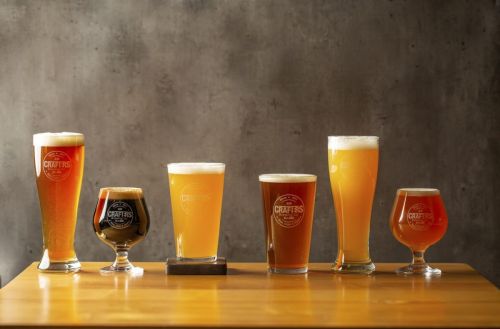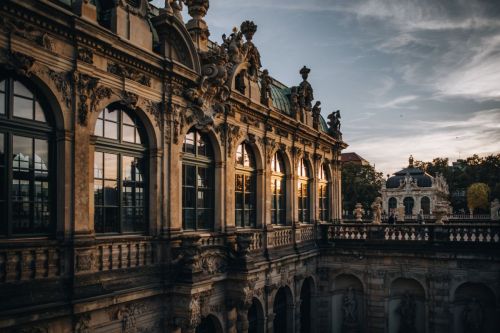20 facts about beer
It is one of the oldest alcoholic beverages produced. The first archaeological evidence of brewing dates back 13,000 years ago from the territory of I ...
Oktoberfest is the world’s largest annual folk festival held in late September and early October in Munich, Germany. Its beginnings date back to the 19th century when it was strictly sports-orientated. Over time, the event turned into a folk festival offering various attractions, to become a Bavarian beer celebration. The entire event has a very festive, colorful character, and became the world’s largest parade of folk costumes.












